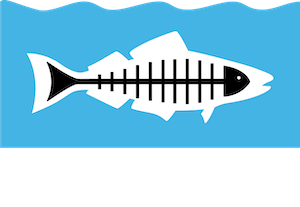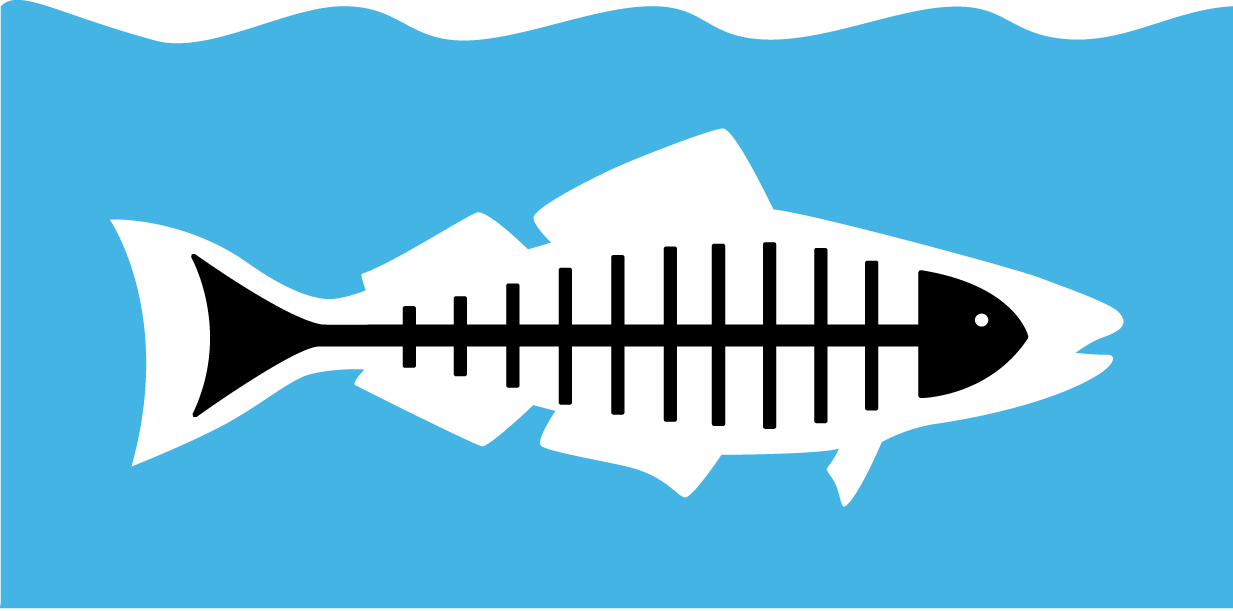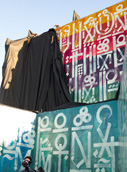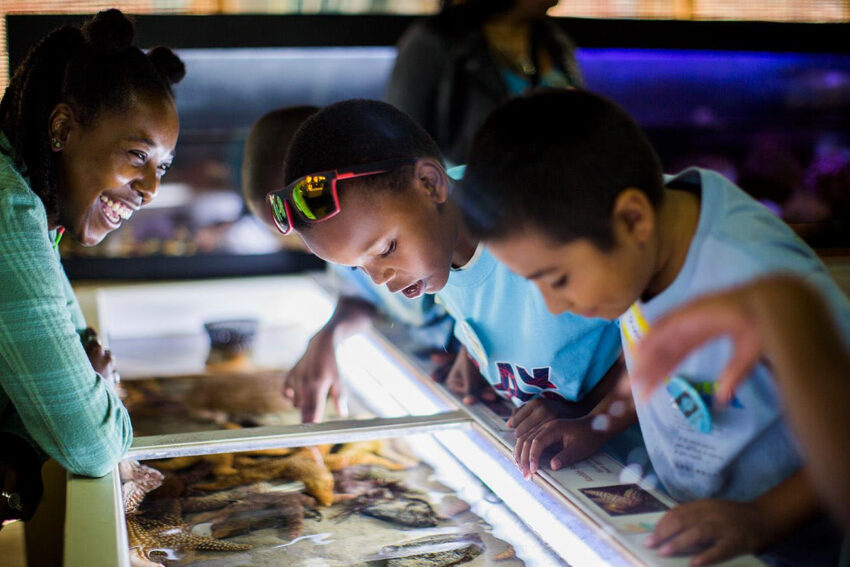Today’s blogger is staffer Vicki Wawerchak, the director of Heal the Bay’s Santa Monica Pier Aquarium.
The anxiety of moving is enough to give anyone an ulcer, but try moving a live animal — that will give you an ulcer and gray hair too. Yesterday we added a few more gray hairs as we introduced a new giant sea bass, Stereolepis gigas, into our 2,200 gallon “Pier Exhibit” tank.
Approximately six months ago the aquarist staff started collaborating with the SEA Lab in Redondo Beach in hopes that we might be able to exhibit one of their basses in our facility. We hoped to exhibit this species about four months ago, but the opportunity arose to exhibit a triggerfish and then seahorses instead. Exhibiting a bass was put on hold until we could spend adequate time observing and caring for it in its new exhibit.
When the right time finally arrived, our senior aquarist Jose Bacallao and I discussed the transport process, and he showed me the tub that the large bass was to be placed in for the 40-minute drive from Redondo Beach to Santa Monica.
Jose then filled with the tub with salt water, a medical grade operated oxygen supply was inserted and it was placed in the back of Jose’s truck. And that’s when the drama began…
“It was quite a process”, Jose told me later. “Seth was riding in the car behind me and he called me to tell me that there was a lot of water spilling out of the back of my car. I told him that was normal, a little splash is always going to spill as you hit bumps in the road and take various corners.”
Then Seth said it looked like a bit more than a small splash so they decided to pull over. When they did, the water level was fine but they noticed that the oxygen supply had stopped working. So Seth parked his car, got into Jose’s car and proceeded to blow oxygen through the tube into the water as Jose safely drove the rest of the way. I was happy we all had just renewed our CPR certification last week, but didn’t remember reading a chapter on giving rescue breaths to a large fish. But as always, our team was successful in the transport and cheers of elation could be heard around the Aquarium when the lumbering fish was gently placed into his new habitat.
We aren’t quite sure how old our newest addition is or whether this giant sea bass is male or female, but we do know that it is a juvenile and estimate that it weighs between 15-20 pounds. Amazingly, giant sea bass can grow to approximately eight feet in length.
Please stop by for a rare glimpse of this beauty, as its conservation status remains listed as critically-endangered due to commercial and sport fishing pressures from the early to mid-20th century.
Find out more about visiting the Aquarium.




